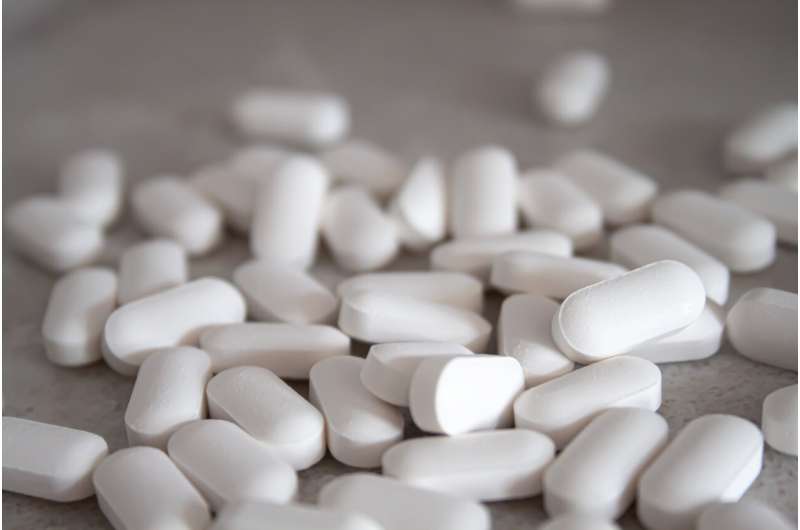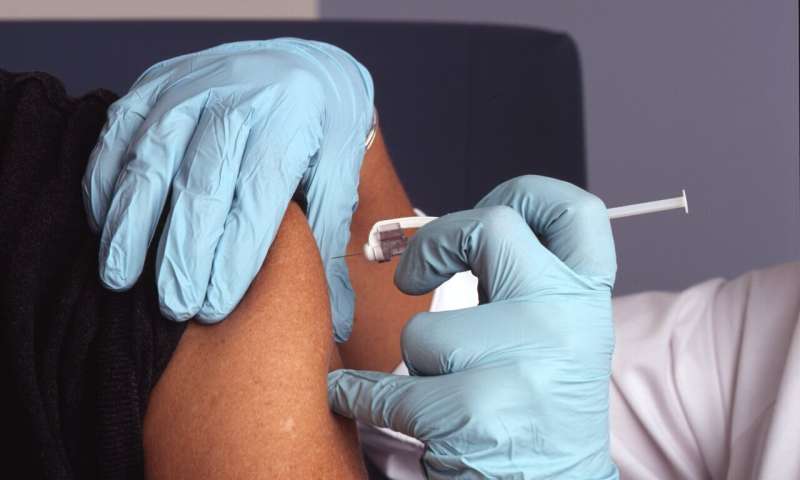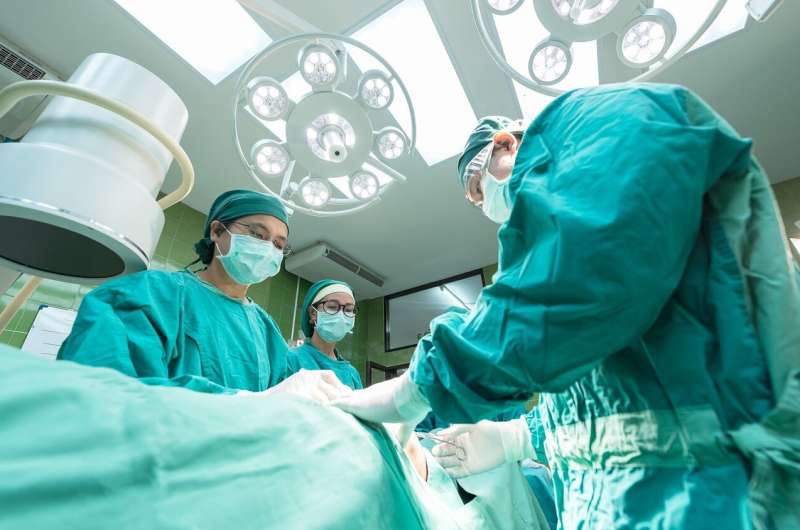Understanding Breast Sagging and Common Questions About Bras

Learn the truth about breast sagging, bra myths, and what science says about supporting your breasts through life’s changes. Get clear facts on comfort, health, and proper support.
Breasts are composed of glandular tissue, fat, and supporting ligaments, and their shape and size can vary greatly among individuals due to genetic, hormonal, and lifestyle factors. During puberty, hormonal changes can lead to noticeable growth, which is primarily influenced by genetics, explaining over half of the differences in breast size. Pregnancy, breastfeeding, age, diet, and exercise further impact breast shape and size over time.
Many people wonder whether wearing a bra influences breast sagging or growth, and myths abound regarding the best practices for breast health. Here are some factual clarifications:
1. Does wearing a bra increase the risk of breast cancer?
There is no scientific evidence linking bra-wearing to breast cancer development. The myth that bras can block lymphatic drainage is unsubstantiated. Several studies, including one involving women aged 55 to 74, found no connection between bra usage patterns—such as wearing underwire or how long daily—and breast cancer risk. Recognized risk factors remain related to age, genetics, lifestyle, and health history.
2. Can sleeping in a bra prevent breast growth?
No. Breast development is driven by hormonal regulation and overall health, not external factors like what you wear during sleep. Women of all sizes can wear or skip a bra at night based on comfort alone.
3. Will wearing a bra prevent sagging?
There’s no conclusive evidence that bras can stop breasts from sagging with age. Gravity naturally affects all, especially larger breasts, which may experience more stretching of skin and ligaments over time. Factors such as pregnancy, weight changes, age, smoking, and multiple pregnancies contribute to sagging. However, a well-fitted supportive bra can provide comfort and some degree of support.
4. Should exercise be restricted to wearing a sports bra?
Yes. During physical activity, especially high-impact sports, breast movement can strain supporting tissues and cause damage over time. Wearing an appropriate sports bra reduces movement significantly, with some studies indicating that larger-breasted women experience up to 15cm of bounce when exercising without proper support. High-quality sports bras are recommended for exercise to protect breast structure.
5. Can underwire bras cause injury?
While rare, underwire bras can sometimes cause issues if the wires pierce the casing and scratch the skin or exert excessive pressure, possibly leading to tissue inflammation or rupture of breast implants. Ensuring correct fit and comfort is crucial. If experiencing pain or unusual lumps, consulting a healthcare professional is advised.
6. Is getting fitted for a bra necessary if I have small breasts?
Absolutely. Poorly fitting bras can cause discomfort regardless of breast size. Studies show many women wear ill-fitting bras, which may lead to back or shoulder pain. Proper fitting can improve comfort and support, even for smaller breasts.
In summary, wearing a bra does not prevent sagging or influence breast health significantly. Comfort and proper fit are most important for everyday support. For personalized advice, consult healthcare or lingerie professionals.
Source: https://medicalxpress.com/news/2025-08-boobs-sag-dont-bra-common.html
Stay Updated with Mia's Feed
Get the latest health & wellness insights delivered straight to your inbox.
Related Articles
Understanding the Link Between Tylenol Use During Pregnancy and Autism: Distinguishing Correlation from Causation
Recent studies explore the potential link between Tylenol use during pregnancy and autism, emphasizing the distinction between association and causation in scientific research. Current evidence remains inconclusive, urging medical guidance and further investigation.
Emerging Health Risks of Plastic Pollution Highlighted by Experts
Experts warn that plastic pollution poses significant health risks through microplastics and chemicals, urging urgent action as plastic production and waste increase worldwide. Learn about the latest findings summarized in The Lancet.
Understanding Vaccine Choices Through Game Theory and Their Impact on Public Health
Learn how game theory explains why reasonable parents may choose not to vaccinate, leading to outbreaks, and how understanding these decision-making processes can improve public health strategies.
Enhancing Pediatric Surgery Care with Wearable Technology: Predicting Postoperative Complications
A new study demonstrates how consumer wearable devices like Fitbit can predict postoperative complications in children, paving the way for faster, more accurate pediatric recovery monitoring.



